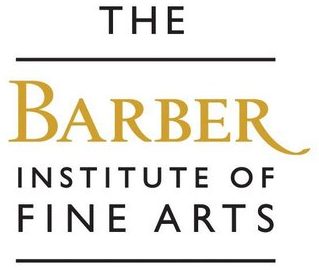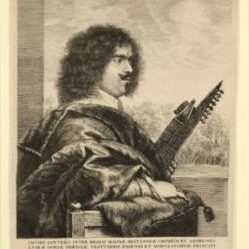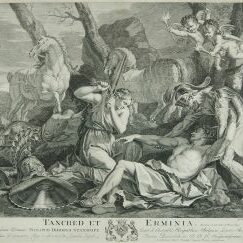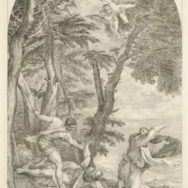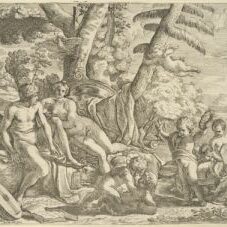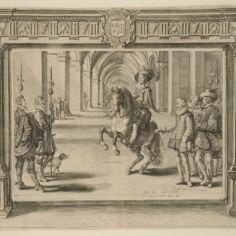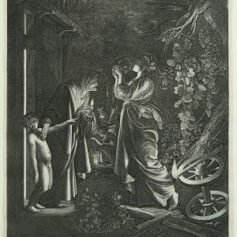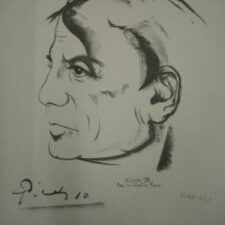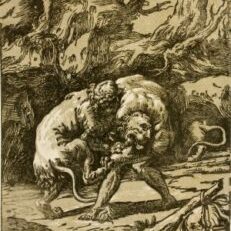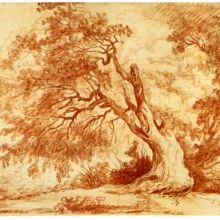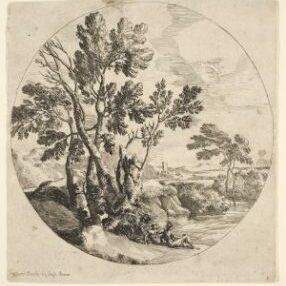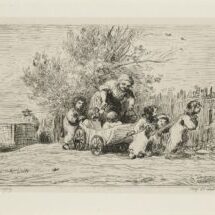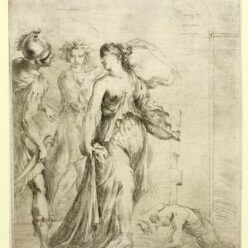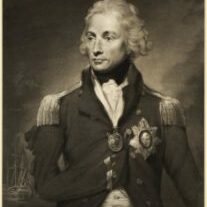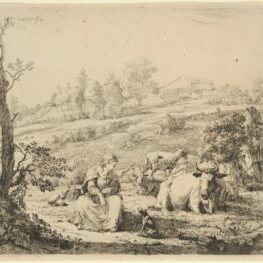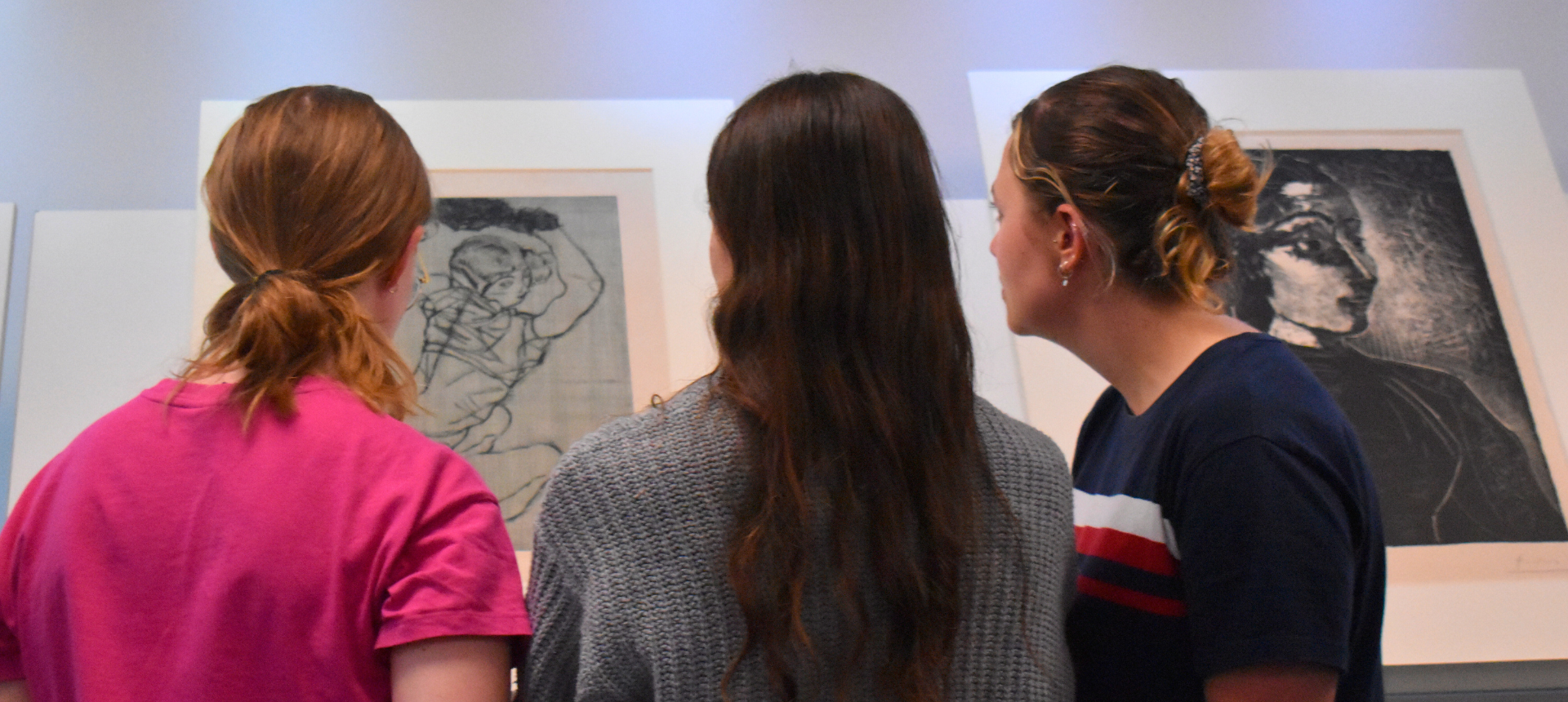
The Prints and Drawings Study Room
The Prints and Drawings Study Room houses our fine collection of prints, drawings and watercolours, comprising more than 1,000 works and six centuries of the draughtsman’s and printmaker’s arts.
The study room is open to researchers and the general public by appointment only.
Due to essential building improvement works, the Prints and Drawings Study Room is currently closed to the public until summer 2024.
For research enquires please email: collections@barber.org.uk
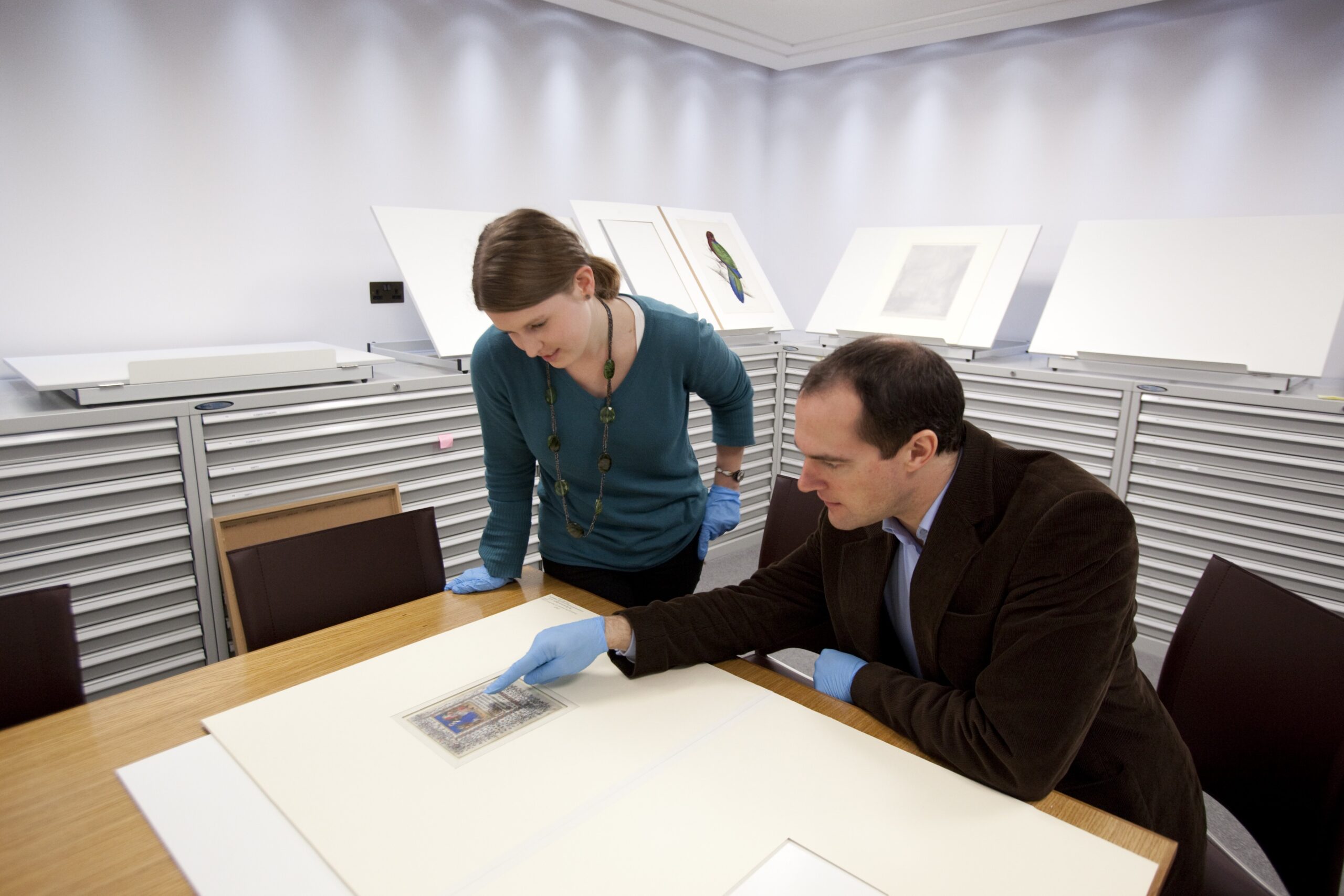
We have outstanding drawings in our collection by varied artists such as Tess Jaray, Fra Bartolommeo, Rembrandt van Rijn, JMW Turner, Edgar Degas and Gwen John.
Prints include exceptional works by Albrecht Dürer, Francisco Goya, Italian and Flemish Renaissance masters and 19th-century and 20th-century artists from Pablo Picasso and Elizabeth Frink to Käthe Kollwitz.
Many of our prints and drawings can be viewed on our website, or on the University's Online Collections. We are still in the process of digitising our full collection of works on paper, so please bear with us.
A rotating selection of works on paper are displayed in our dedicated Print Bays (located in the Green and Beige galleries) – typically there are six print displays a year.
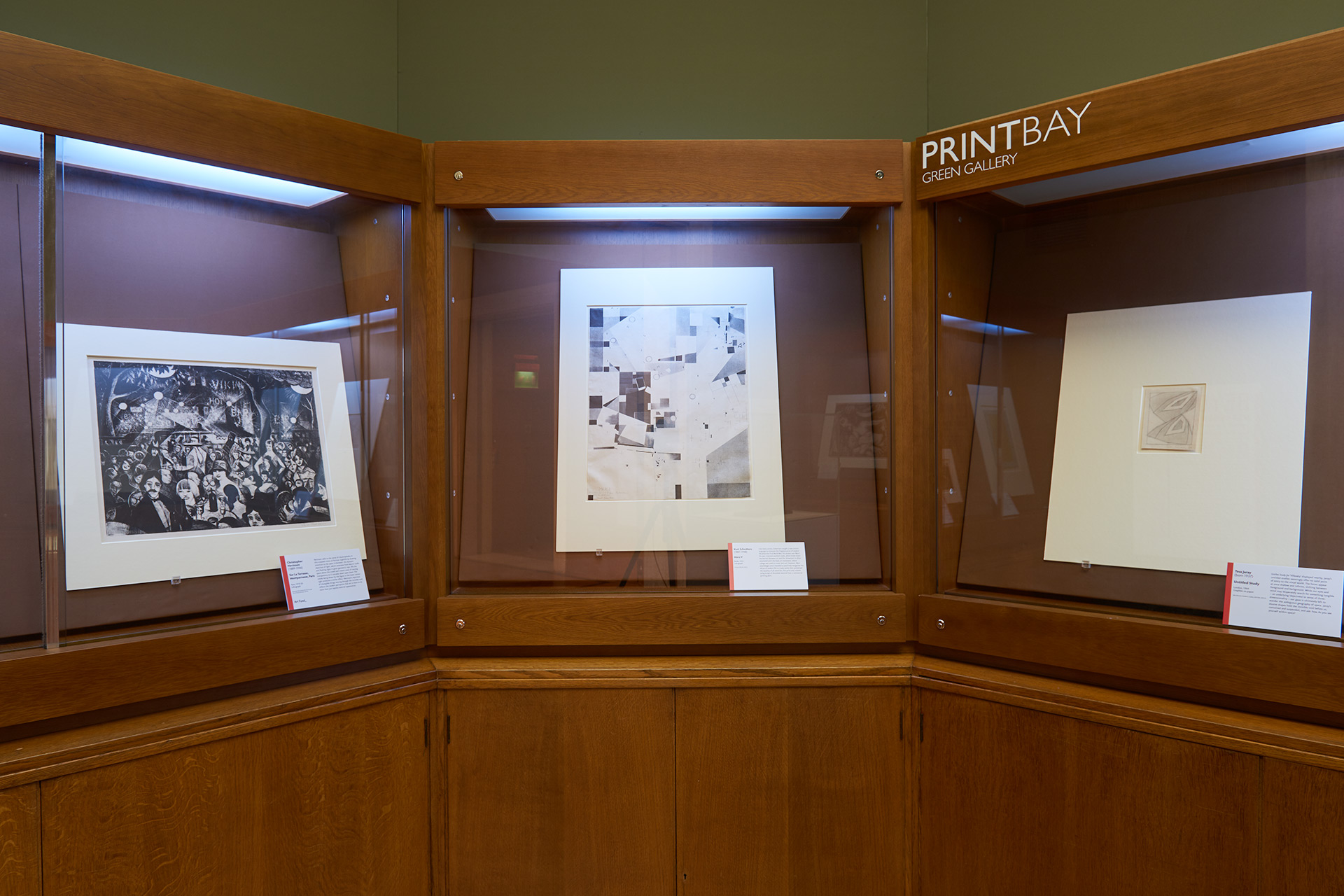
Explore our prints and drawings online:
DAVID COX (1783-1859)
Snowdon Gwynedd, 1853 Black chalk and watercolour, on Scotch paper 210 X 372 MM David Cox often travelled to Wales and frequently portrayed the mountains of North Wales throughout his career. This rapid watercolour sketch was most likely completed on the spot. Cox increasingly used ‘Scotch paper’, a type of wrapping paper, during his later years. The irregular, … Read more
Hubert Robert (1733-1808)
Study of a Tree with a Figure Paris, about 1780 Red chalk, over squaring in black chalk, on paper 385 x 524 mm Robert was a garden designer as well as a painter and trees formed an important part of his landscape subjects. He was also a prolific draughtsman, invariably using red chalk, a medium … Read more
Edgar Degas (1834-1917)
The Cirque Fernando – Architectural Study France, c. 1879 Pencil, black and red chalk on two sheets of joined pink paper A study for the architectural background of ‘La La at the Cirque Fernando’. The Cirque Fernando was built in 1875 in the boulevard Rochechouart, Paris, near the Place Pigalle. Studies for the interior fill … Read more
Peter Herwegen (1814-1893)
Memories Germany, 1873 Watercolour over pencil, partly highlighted with gouache in gold 32.6 x 44 cm This watercolour is an allegory of the arts commissioned by the Buhler family of Berne. Alongside the attributes of painting, sculpture and architecture the intricate gothic design includes the Swiss city’s heraldic bear and key landmarks. The composition emulates … Read more
Albrecht Dürer (1471-1528)
A Man with an Oar Netherlands, about 1520/21 Pen and brown ink 16 x 10.4 cm This fine drawing is one of a number of works believed to have been made during Dürer’s trip to the Netherlands in around 1520-21. It was among those taken from the museum of the Lubomirski family, established in the … Read more
Johann Heinrich Tischbein (1751-1829)
Study from ‘The Massacre of the Innocents’ Rome, about 1780 Black chalk on paper 490 x 365 mm Tischbein made this drawing in Rome during a study trip to Italy (1779-1781). This was a common journey for artists at the time, giving them the chance to study and copy works of Renaissance masters. Here, Tischbein focuses … Read more
Alfred George Stevens (1817-1875)
Study of a Nude Figure London, About 1847 Red chalk on buff paper 165 x 164 mm This nude study is one of numerous preparatory studies for decorative frieze (now in the Walker Art Gallery) which was commissioned by the Blundell family for Deysbrook House, near Liverpool. The drawing is probably part of a larger … Read more
The Prints and Drawing Study Room was created with the financial support of the DCMS/Wolfson Museums Improvement Fund.
